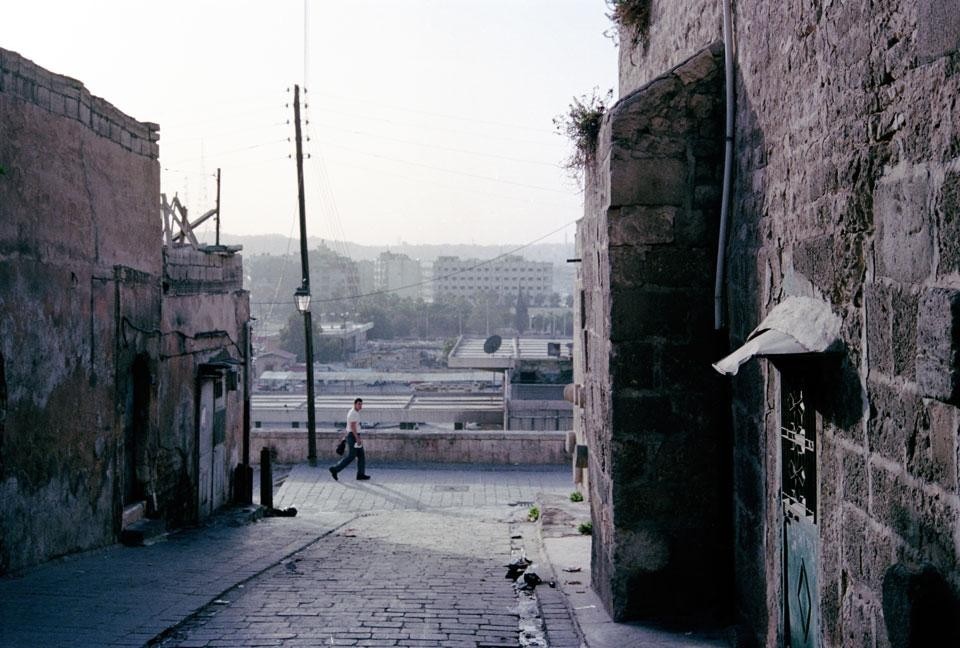This selection of images from 2011 documents that part of his journey. Publishing them today, when some of those places have been bombed during a civil war that is still underway, is a kind of homage to the city. But not only. It is also an opportunity to think and re-think photography. What is photography's utility today? And what kind of images can it convey?
I will limit myself to this little piece of history. It is evident that these photographs have documentary value. They document the "before" that will have its "after" when the war is over. In and of themselves, they represent the desire to trace a history of the city in the city. And even if they do not narrate reality — and even less so, war — despite themselves, they become the history of the wounds inflicted by war. They also represent nostalgia and recent memory of what has already been lost but lived on as vestiges of history, fragments embodied by walls and columns and roads.
And the documentation, then? Susan Sontag had already written the final word on war photography in Regarding the Pain of Others (Knopf, 2003), but what about the wounds inflicted onto things that people identify with? Cities are places of affection and buildings are emotional landmarks. Aleppo is an ancient city with layers of thousands of stories, cultures and people. It was certainly an Ottoman city, but it was also a city of Armenians who escaped the great massacre of 1915, of Jews who lived there since Biblical times, of dreamers of pan-Arab socialism, and of the sworn enemies of Israel. Today, all those who can flee Aleppo.

Giuseppe A. Alizzi graduated in 2010 with a thesis on Beirut. The following year he worked as a researcher and photographer for the Fondation Marc de Montalembert in former Ottoman territories. He took photographs in places ranging from Istanbul to Beirut to Rhodes, retracing a personal idea of the contemporary condition. Syria was the most significant place in his research; Aleppo and Damascus were the cities in which remained for the longest time. In 2011, he returned to Milan where he worked as a planner for Systematica. Since September he has lived in Berlin and works for Topotek 1.



